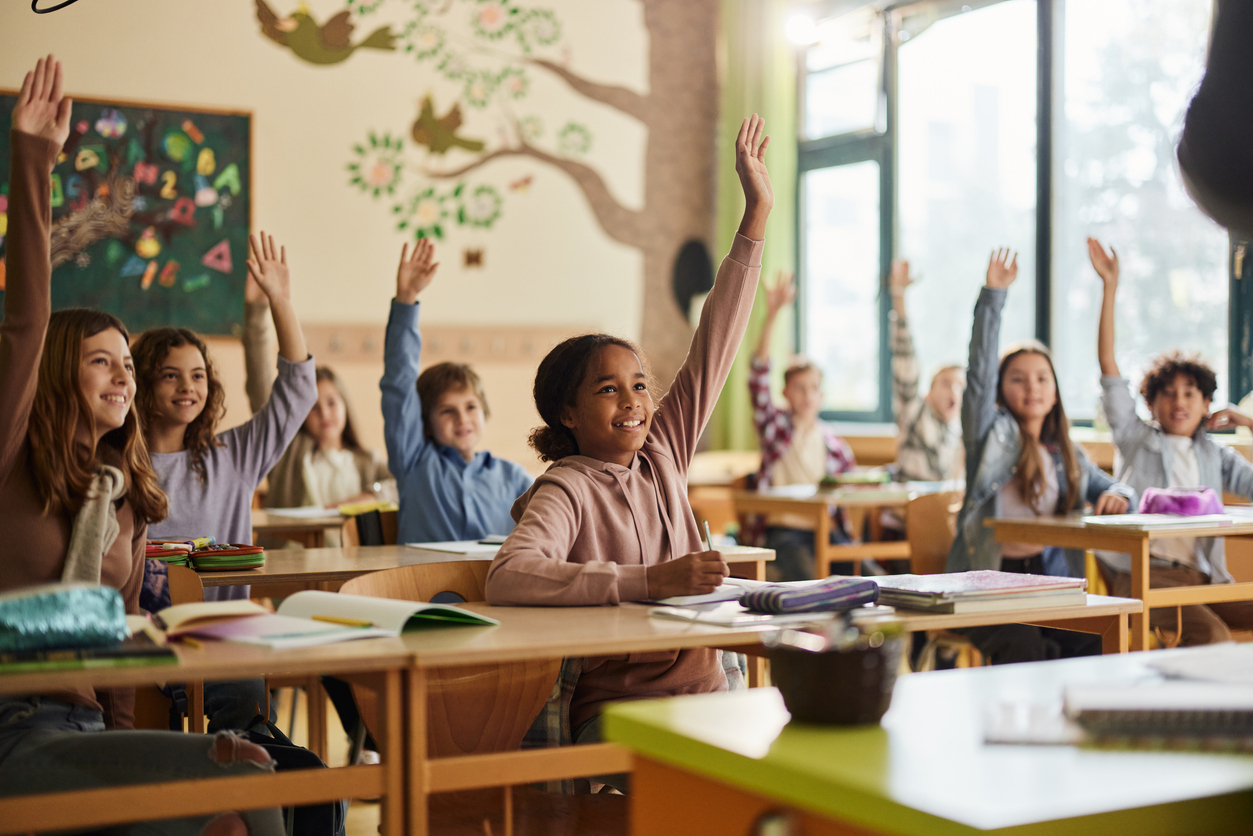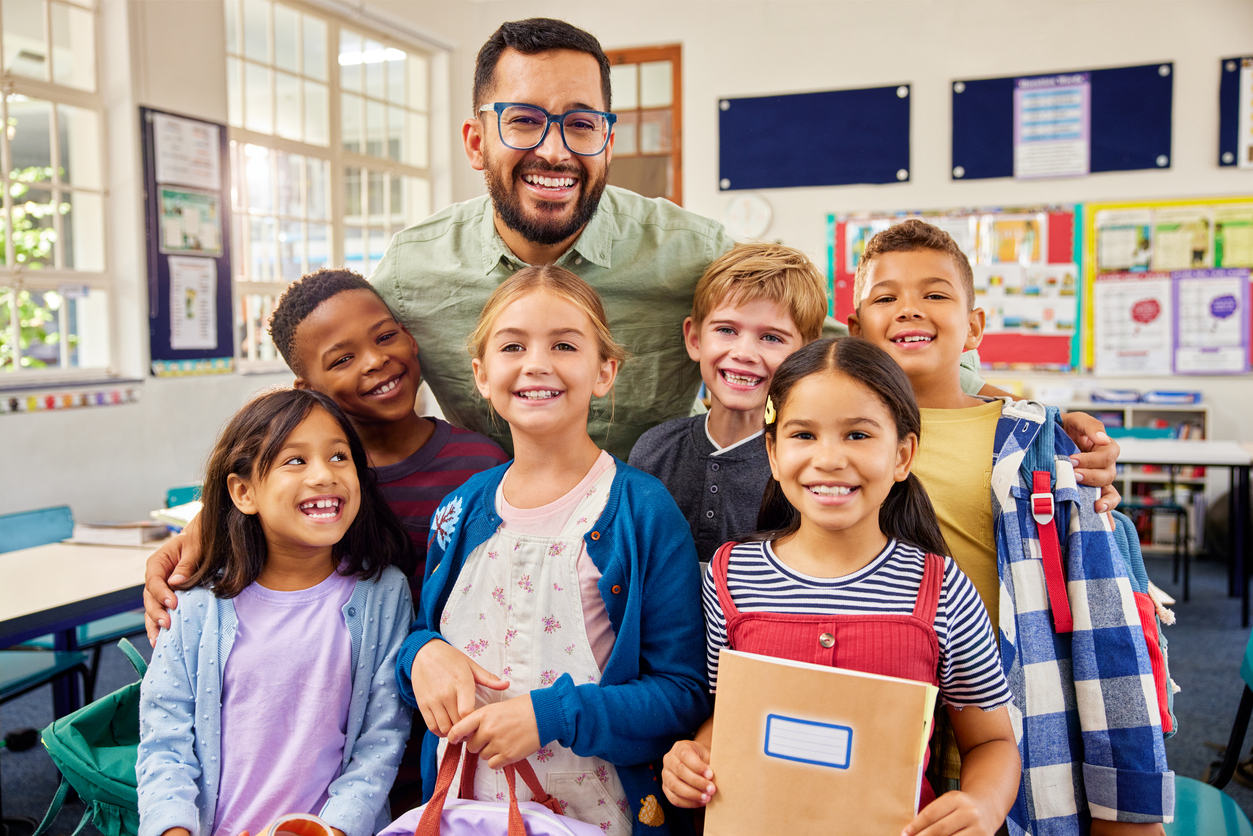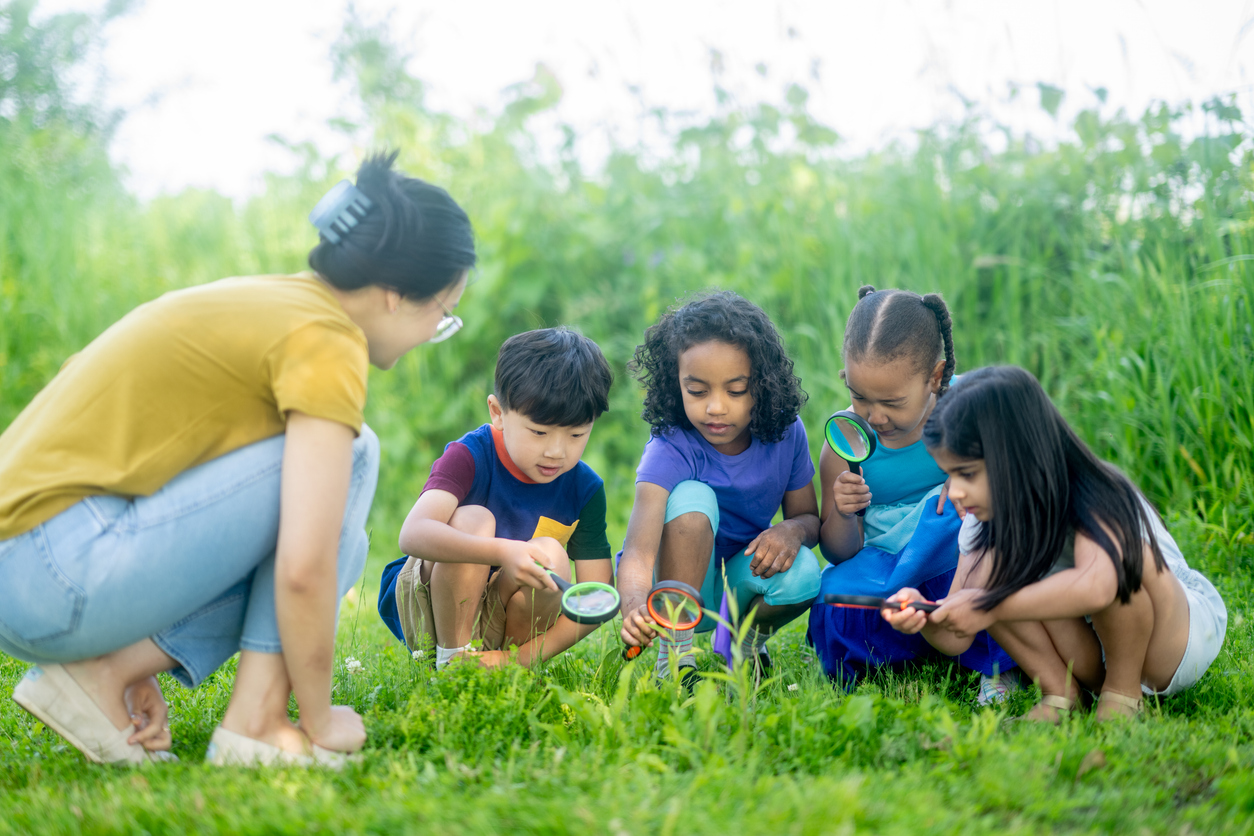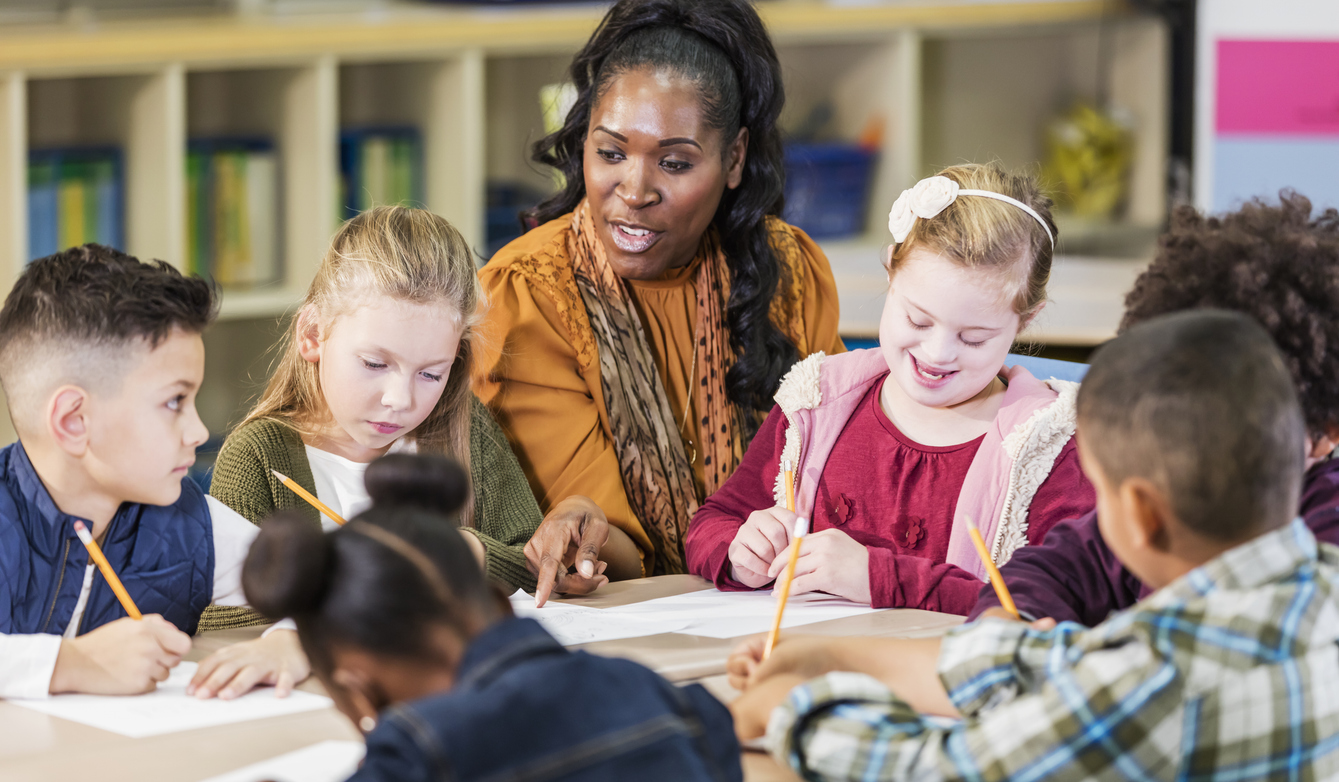Tips for Building an Engaging Special Education Classroom
Written by:
Wilson College
• Jul 26, 2023

Tips for Building an Engaging Special Education Classroom
A well-planned special education classroom supports the class’s curriculum. The atmosphere, tone, and organization influence how effectively students learn in the space, so preparing a classroom can be as important as creating an individualized education program (IEP). To learn more, check out the infographic below, created by Wilson College Online’s Bachelor of Arts in Special Education program.

Preparing a Special Education Classroom
Identifying students’ needs is paramount to building an engaging classroom. When students feel understood and supported, they can achieve their goals.
Start Planning Before Class Starts
Each student in a special education classroom will have an individualized education program (IEP). The IEP is a written statement made in accordance with federal law that includes the amount of time the child will spend receiving special education services, any related services to be provided, academic expectations for the child, and behavioral expectations for the child.
The child’s team includes their parent(s) or guardian(s), at least one general education teacher, at least one special education teacher, a member of the local education authority (LEA), and someone to interpret their assessment results. If it’s appropriate, other people with knowledge of the child and/or their disability may be on the team.
Understand How the School Provides Services
There are different types of classrooms and services offered by schools with unique ways of supporting students with special needs.
Pull-Out/Push-In Services
These services involve a service provider either pulling the child out of class for an individual session, or “pushing in” to the classroom to work with the child.
Inclusive/Integrative Classrooms
Inclusive, or integrative, classrooms are general education classrooms in which general education teachers and special education teachers work together. They usually contain a majority of general education students and a small percentage of special education students.
Special Day Classes
Special day classes are classes led by special education teachers in which all students have an IEP. These classes are in traditional school settings but they have smaller class sizes and offer more individual attention than general education classes.
Self-Contained Classrooms
Self-contained classrooms have small class sizes of four to 12 students with one special education teacher and several aides. Teaching focuses on life and functional skills.
Know the Students
Before planning their classroom setup and teaching strategies, special education teachers need to make sure to review all their students’ documents. These include their IEPs, health plans, and family paperwork.
Teachers should evaluate students’ learning styles and accommodation requirements, including their stimulation, conflict de-escalation, and noise level control needs. They also should consider the students’ communication needs, such as their individual communication styles, their need for opportunities to self-advocate, and their need for communication systems that provide stability.
The Planning Stage
After identifying students’ needs, teachers can set goals and create a classroom plan.
- Encourage collaborative activities. A student’s community includes other special education students, and building relationships with other students can improve students’ social skills and learning.
- Teach through positive reinforcement. Creating a supportive atmosphere that emphasizes the importance of good behavior can encourage students to continue their good behavior.
- Monitor new research. Teachers need to stay informed as special education practices continue to evolve. Attending conferences and communicating with other professionals helps teachers ensure they provide the best care for their students.
- Use technology to improve students’ learning experiences. Smart boards, tablets, timers, text to speech tools, and other technologies can boost the quality of education for students with specific needs. Teachers can seek out grants to provide students with useful and engaging tools.
Plan for Students’ Needs
Taking all students’ needs into account can be complicated. Teachers can focus on an overarching plan, but use each student’s IEP to understand their individual needs. It’s important for teachers to incorporate different approaches for different students and identify how to help each student reach their goals.
Special education teachers should learn from each year’s experiences, and make changes to better support their students. Lesson plans can help them maintain clear goals and strategies.
Understand the Budget
The Individuals with Disabilities Education Act (IDEA) puts teachers in charge of planning, implementing, and monitoring IEPs. However, the budget is under each school district’s control and based on enrollment quotas. In 2021, federal funding made up 13.2% of yearly special education budgets—despite the 40% promised by IDEA. States and school districts have to make up the difference.
Teachers should work with their school administration to utilize the budget as well as possible They can decide which technologies are best for the students, and discuss what can be cut and what is an essential item.
Adapting to the Needs of the Students
After identifying students’ needs, establishing an education plan, and managing funds, it’s time for teachers to put their ideas into motion.
Using the Space
Teachers need to decide how the classroom should feel. Should it be easily rearrangeable? Would a specific layout work best?
It’s also important for teachers to assess how students will use the space. Will they have access to supplies? Are there places for them to self-regulate? How will they move around the room?
They should organize the space to make it engaging and supportive. Is the room set up for collaborative activities? Can students use the space to its full potential?
Reusing or Recycling
When an activity or method of instruction works, teachers should stick with it. Establishing the right schedule may take time, but stability and consistency help build relationships with students. Engaging activities can be reused with new information. If only one element of an activity succeeds, teachers can recycle that element in a new project.
Integrating the Curriculum
The curriculum guides the instruction and sets students’ goals. The curriculum should be based on students’ IEPs, and should include materials and strategies that support them. Classroom setup and engaging activities are important, but education is still the main priority, whether students are learning life skills or working toward diplomas.
Adapting to Adaptation
Every teacher tries to create an engaging classroom, and special education teachers are no exception. Meeting every student’s individual needs and IEP requirements may seem daunting, but every student deserves to learn in a positive space. Take the time to learn about your students, plan the curriculum, and organize the space. Your students will thank you!
Sources
Advocates 4 Angels, “What Are the Different Types of Special Education Classrooms?”
Autism Classroom Resources, “What Is a Curriculum and Why Do I Need One in Special Education?”
Develop Good Habits, “11 SMART Goals Examples for Special Education Teachers”
District of Columbia Public Schools, Common Terms in Special Education
Education Commission of the States, K-12 and Special Education Funding
National Education Association, Special Education
Resilient Educator, “Teacher Lesson Plans for Special Education Students”
Simply B Teaching, “9 Easy Strategies for a Simple Special Education Classroom Setup”


